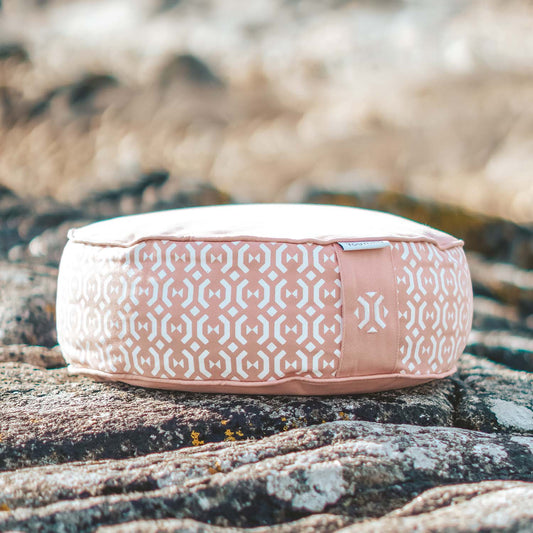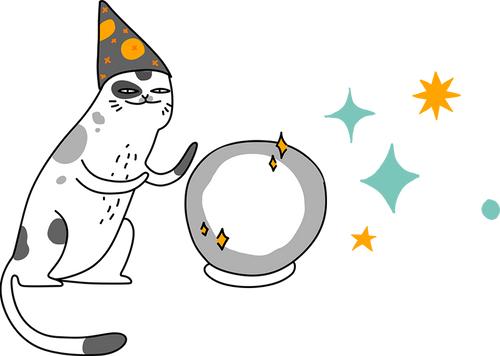Wouldn’t it be great if we could live our lives completely free of niggling pain. Body issues such as sore knees, back pain and tense aching shoulders are extremely common. Most of us will suffer from one of them at some point in our lives.
Rather than learning to live with it, doesn’t it make sense to try and avoid having to deal with pain if we can? There is a yoga pose for almost all common physical complaints. Obviously, if you have an injury that needs to be nurtured in order to heal, forcing your body into asanas that put strain on the injured body part is not going to do you any favours.
If your muscles are a bit stiff or your range of movement is limited because you haven’t been moving enough, yoga may be the answer you have been looking for. Lay out your sustainable cork yoga mat and get stuck into some of the yoga poses you can use for the management of the five most common body issues.

LOWER BACK PAIN - SPHINX POSE
Numerous scientific studies confirm that yoga can be used to treat lower back pain. Yoga has been shown to reduce pain and improve the flexibility of your lower back¹. As a beginner the sphinx pose is a useful exercise for stretching out your lower back to release the tension that causes pain. The cat cow pose and the modified down dog pose will help to extend your spine and bring relief from chronic back pain.
RHEUMATOID ARTHRITIS - CAT COW POSE
Rheumatoid arthritis (RA) is a progressive autoimmune disease. It causes inflammation and swelling around the joints resulting in pain and disability. It usually begins in the hands and feet but can affect any joint in the body. If you suffer from RA, yoga may not give you the pain relief you need, but it can make it easier for you to move more comfortably². The cat cow pose is a nice gentle way to improve the flexibility in your back. According to WebMD.com you could also try:
-
Chair pose
-
Forward fold
-
Standing side bend
-
Single angle pose
-
Cobra
-
Extended leg balance
-
Seated spinal twist

HEADACHES - LEGS UP THE WALL
Do you find yourself reaching for the medicine cabinet to relieve your headache day after day? You may be able to reduce the amount of pain medication you need by incorporating yoga into your daily routine. Medical research shows that practising yoga reduces the severity of your headaches, how often you get them, and how long they last³. The simple legs up the wall yoga pose is a great way to relax. Other poses that help manage headaches are:
-
Child pose
-
Forward fold
-
Supine twist
-
Supine chest and shoulder twist
POSTURE - MOUNTAIN POSE
We spend an awful amount of time sitting in front of computer screens or in our cars. For many of us all that sitting has a negative impact on our posture. We tend to stick our chins out, hunch our shoulders and stick our bums out. It is well recognised that practising yoga can strengthen the muscles that support good posture⁴. Like a mountain, we want to be able to stand up tall. The folks at VeryWellFit.com suggest these asanas to help you hold your head up high:
-
Mountain pose
-
Shoulder opener
-
Cat cow stretch
-
Bridge pose
-
Eagle pose
-
Plank pose

SORE HIPS AND KNEES - WARRIOR 1 POSE
Sore knees and stiff hips can make even simple movements such as walking uncomfortable. Yoga has been found to be beneficial for hip and knee pain, even if the pain is caused by osteoarthritis. The goal of exercise for managing hip and knee pain is to build strength in the muscles and tendons that support the joints⁵. Harness your inner warrior and to make your legs stronger with these poses:
-
Warrior 1
-
Side plank on forearm
-
Extended side angle pose
-
Bridge pose
-
Gate pose
-
Tree pose
YOGA CAN HELP YOU PREVENT AND MANAGE COMMON PHYSICAL COMPLAINTS
There is no reason for allowing everyday aches and pains to sap the joy out of your life. Yoga has the potential to bring about life changing results if you suffer from some of the more common body issues such as sore knees, headaches and a painful back. Roll out your mat, light your essential oil burner and get ready to stretch out and strengthen the muscles that are causing you pain.
Remember not to push too hard. Work at your own pace and listen to your body if it tells you it can’t get into a certain yoga pose. You want to relieve pain, not create it.






